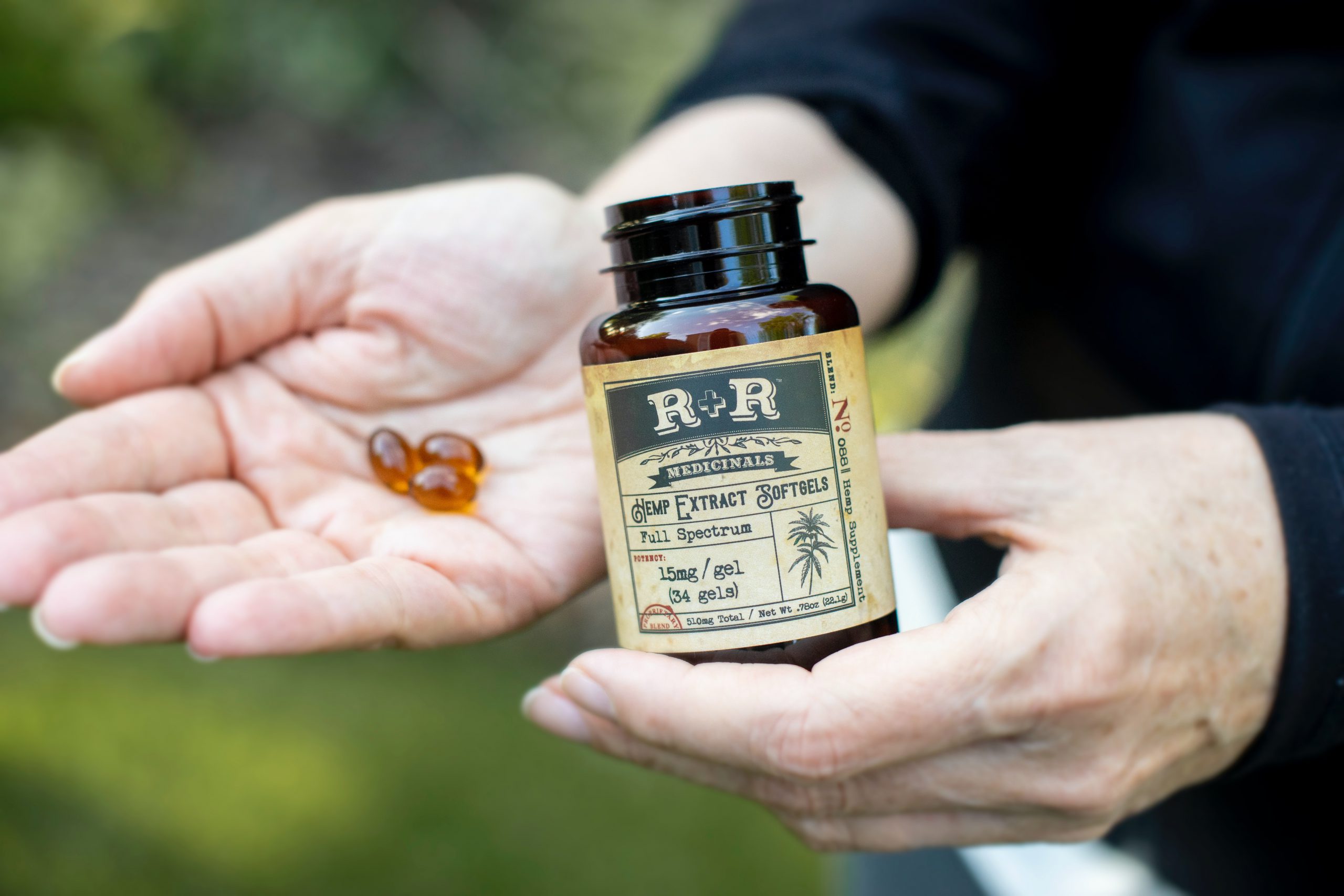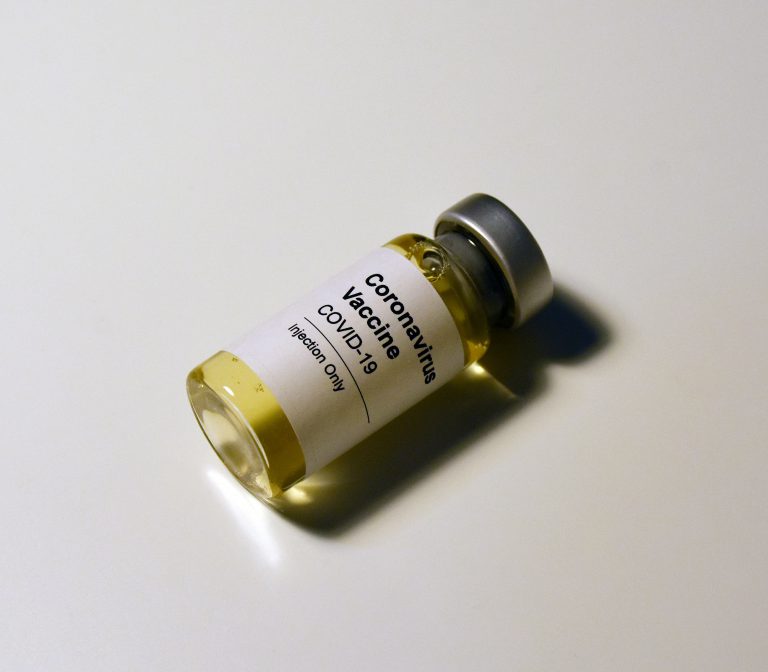Cannabidiol (CBD) products are becoming a popular form of alternative medicine in the market. Its organic features make it a viable choice for people who want to experience its pain-relieving and anti-inflammatory effects. However, just like any other alternative medicine, it can have harmful interactions with prescription drugs.
The battle for cannabis’ legalization
The legalization of cannabis varies from country to country. Some nations allow the production and dissemination of these products, as long as they receive the proper certification. Others are not as lenient in accepting cannabis’ reported health benefits.
As early as 2013, the divide between US citizens puts 52% of adults in favor of its legal use both for recreational and medicinal purposes. However, It remains illegal at the federal level, with 33 US states slowly accepting the health benefits of the cannabis plants’ different components.
The popularity of CBD products
One of the many advancements of cannabis’ legalization is the production of CBD products. Its marketing as a safer form of pain relief, without the psychoactive delta-9-tetrahydrocannabinol (THC) compound, makes it an attractive purchase. Its promise of both physical and cognitive pain relief established its popularity in recent years.
Keep in mind that alternative medicine always has its drawbacks, regardless of whether it has organic components or not. Since CBD is a relatively new product in the market, its effects on other prescription drugs are limited.
The danger of using CBD with prescriptive medicine
All cannabis-derived products have varying concentrations of THC and CBD. Although CBD contains considerably less THC content, unregulated products can still include it in different concentrations.
These compounds can affect your body’s response in breaking down another drug or put it at higher risk for your current symptoms. Since there are little studies about its effects, researchers compiled four types of cannabis-derived products to see how they interact with particular enzymes in the body. Researchers used CBD, dronabinol, nabilone, and nabiximols as independent variables and paired them against common medication to identify drug-drug interactions.
They narrowed down a list of 57 prescription medications that could be harmful to use together with CBD products. It includes a wide range of drugs, from antidepressants, oral contraceptives, and blood thinners to thyroid hormones and opioid pain narcotics. Although these types of medicine have a narrow therapeutic index, the interaction with cannabidiol could increase its effects exponentially.
The side effects of CBD’s drug-drug interactions
One of the dangers of using CBD products is its ability to enhance the generally harmless medication. Your prescription drugs’ therapeutic doses can have serious effects when mixed with CBD in your system. The recorded side effects of mixing cannabinoids with prescription medication include:
- Dizziness
- Sedation
- Confusion
Although these are temporary conditions, the researchers also note that CBD’s drug-drug interactions can also put your cardiovascular system at risk. CBD paired with prescription medication changes your blood pressure and heart rhythm to dangerous levels.
Conclusion
More individuals are becoming more concerned about their health and wellness. Although it’s good that more people want to stay healthy, a growing majority is putting distrust in conventional forms of medicine and treatments.
As a consumer, you should be wary of the medicinal solutions that you take for your condition. Although it can be tempting to try out alternative medicine, you should always consult with your physician before you self-medicate.
You need to be vigilant about cross-referencing the validity of medical solutions in the market. You should consult with reliable sources before you receive a new form of treatment. Browse through our medical news articles so that you can separate fact from fiction with these medicinal alternatives.



















